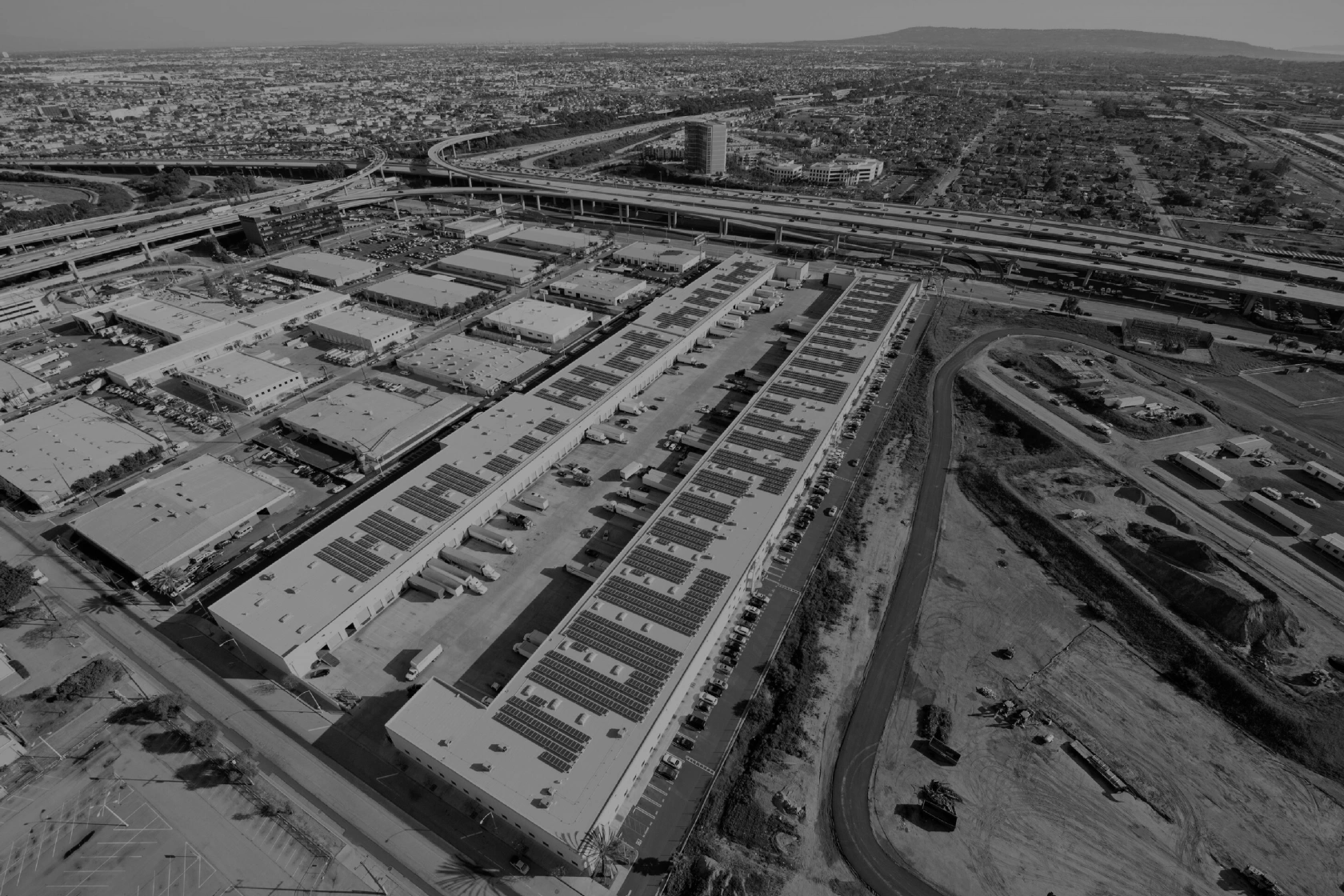The last 6 months has seen a sharp dichotomy in listed property operating performance compared with the listed price performance. In summary, the operating performance of the underlying properties is healthy, but the prices for listed property trusts are being significantly impacted by the well-documented environment of higher long-term interest rates occasioned by inflation and short-term interest rate increases.
At an operating performance level, our Listed Property Strategy, which is principally focussed on warehouse/logistics distribution assets, saw earnings per unit growth over the prior 12 months of 5% and we see that increasing 2.5% to 3.0% over the next 12 months with similar distribution uplift for a forecast cash yield of 6.95% per annum.
For our existing property positions (particularly logistics property), CPI and fixed rent escalation are coming through operating cash flow. This is being modestly offset against higher finance costs for the unhedged components of debt due to increased interest rates. For new(er), high-quality properties, similar capitalisation multiples to 12 months ago are being achieved with higher face rents and with that, yields. In summary, the forward medium-term operating environment is supportive of operating income and distributions.
Importantly, the demand environment remains healthy with businesses moving inventory management from a just-in-time model to a resilience model post-COVID and China supply issues/concerns. Equally, the supply environment remains supportive as there has not been an excessive build-up in supply. This is likely to remain the case as land values, financing and planning controls are restrictive.
A significant medium term support is population growth through immigration. Recent ABS data suggests that the population has grown 1.0% over the last 12 months and the working-age population has grown 1.2% in the third quarter of this year. We view population growth via immigration as being a significant underpinning of economic growth in Australia going forward, and supportive of the demand side for both commercial and residential property.
Overall, we assess that the warehouse & logistics property segment and supporting non-CBD office component for these regions, are well positioned over the next 3 to 5 years. This we attribute to the combination of tight property supply, high replacement and new construction costs and goods demand backdrop supported by higher immigration and population growth.
In terms of price performance, we note that listed property trust prices over the last 6 months have declined notwithstanding the relatively stable current and prospective operating environment. This is made all the more confounding as the private commercial property transaction market for same-class properties has not experienced the same level of price decline. Prime properties are experiencing higher face rents, and often unchanged capitalisation rates. On the whole though, values have fallen on average 4%, which contrasts the listed property trusts which have declined over 20%. In a rising interest rate environment, it is right that property prices face some downward pressure (through increased capitalisation rates), but listed property prices have declined substantially move. We would anticipate the transactional commercial property market might decline by up to 8% to 10% on the average, but still at a significant gap to the listed property market.
To us, there are two principal explanations, all of which we view will ease and dissipate through the course of 2023. They are:
